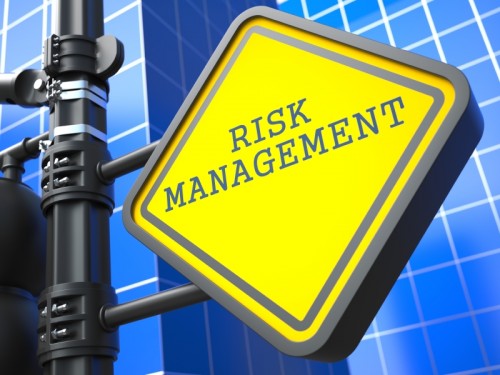Nobody likes surprises in business. Using a risk-based approach to identify your organization’s likely vulnerabilities is highly recommended and vital to short-term and long-term success. Expanding regulations make compliance increasingly complex and expensive, and increases in deficient internal audit controls have heightened scrutiny of companies by the SEC, PCAOB, and investors.
Business surprises are preventable, but there are several common issues with risk identification that can be impossible to overcome without an effective ERM framework and infrastructure solution in place, including:
- “Silo’d” Information Gathering: The inherently different approaches each business department, or silo, takes to risk identification and reporting is often the result of each department having its own autonomous risk process, which makes the prediction of surprises that cause loss events difficult. Differing reports of potential issues hinder efficient risk identification and, consequently, resource distribution. Many disasters waiting to happen can be prevented with straightforward solutions if only the connection between issues in different silos is uncovered.
- Lack of Involvement at the Front Lines: Too often, organizations fail to take advantage of the experiences and knowledge of front-line employees, who are a crucial resource when it comes to risk; they are the first ones to notice issues, including faulty equipment, inefficient processes, customer complaints, and unresponsive vendors, that often cause surprises.
How Risk Identification Software Handles These Problems
 Software solutions for risk identification don’t simply formalize the framework and process of risk reporting (from the front lines all the way to senior management); they also link performance indicators to risks at the root-cause level. This allows for a standardized process and avoids wasting resources and causing redundancy. It also simplifies the alignment of day-to-day activities with senior management directives, especially in times of change.
Software solutions for risk identification don’t simply formalize the framework and process of risk reporting (from the front lines all the way to senior management); they also link performance indicators to risks at the root-cause level. This allows for a standardized process and avoids wasting resources and causing redundancy. It also simplifies the alignment of day-to-day activities with senior management directives, especially in times of change.
Additionally, risk management software like LogicManager allows for “risk ownership,” meaning each department is responsible for evaluating its area of control. Using root causes, different departments may find they share certain risks (such as staff competencies), but they will still be able to assess performance and create mitigation activities (such as new training programs) how they see fit.
Building a risk taxonomy framework that links a centralized library of risk information to control activities enables you to proactively address risks before they manifest as surprises, causing losses and business interruptions. Key advantages include enterprise-wide terminology, risk classification, and management of relationships between different types of data. These advantages make it easy to cascade information out to the front lines and aggregate answers back up to senior management.
A taxonomy framework enables you to accomplish four important tasks to prevent surprises:
- Create and link root-cause risks to specific organizational processes. Most, if not all, organizations have mitigation activities designed to reduce risk. The keystone holding the entire process together, however, is the ability to assign that activity to the risk that is actually causing the problem. No matter how efficient training procedures are made to be, for example, organizational productivity won’t increase if authority is delegated improperly.
- Standardize each department’s approach to risk identification with regular risk assessments that utilize predetermined scales and criteria. This ability means every department bases its analysis on the same standard, preventing repetition and wasted resources.
- Tie risk events back to root causes affecting multiple departments, which allows organizations to identify high priority areas. A root cause impacting the functionality of three departments should be neutralized before a root cause having a similar impact on only one department.
- Develop mitigation activities that efficiently use limited resources, and monitor their effectiveness over time.
Read more in our best practice article on root case risk identification to learn more ways to help your organization affordably identify and minimize risk.
Comments